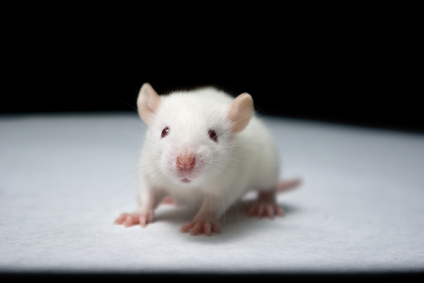Memories Erased From the Amygdala of Rats
A recent study found that in rodents, new negative memories can be deleted. Rats in the study were taught conditioned avoidance. For example, a light or a sound would signal that a mild shock would be delivered through the floor of the chamber in which the rat was housed. The rat could avoid the shock by running to the other side of the cage. Once the rat learned that the light or sound signal preceded a shock, the rat began switching sides when the light or sound cue appeared, even if no shock was given. This response to the conditioned signal is evidence that learning has taken place and is stored in memory.
The researchers found that when a rat formed a new conditioned avoidance memory, there were increases in cyclic AMP response element binding (CREB) protein in specific neurons in the rat’s lateral amygdala (about 20% of the total number of neurons in the amygdala). Then, using extraordinarily sophisticated molecular biology, the investigators attached a diphtheria toxin onto the CREB protein, which caused the specific neurons involved in the conditioned avoidance learning to be killed while the other neurons in the amygdala (those not associated with the new memory) survived. As a result, the animals couldn’t remember anything about the specific avoidance learning, but other memories could be formed and remained accessible.
Obviously, this type of approach is not yet pertinent to clinical therapeutics in humans, but this research does teach us that in rodents, a conditioned avoidance memory activates a subset of the neurons in the lateral amygdala, and the elimination of these neurons eliminates specific learned memories, but not other types of learning.
Ultimately this kind of preclinical data may lead to novel clinical approaches to specific traumatic memories that are associated with post-traumatic stress disorder (PTSD).


